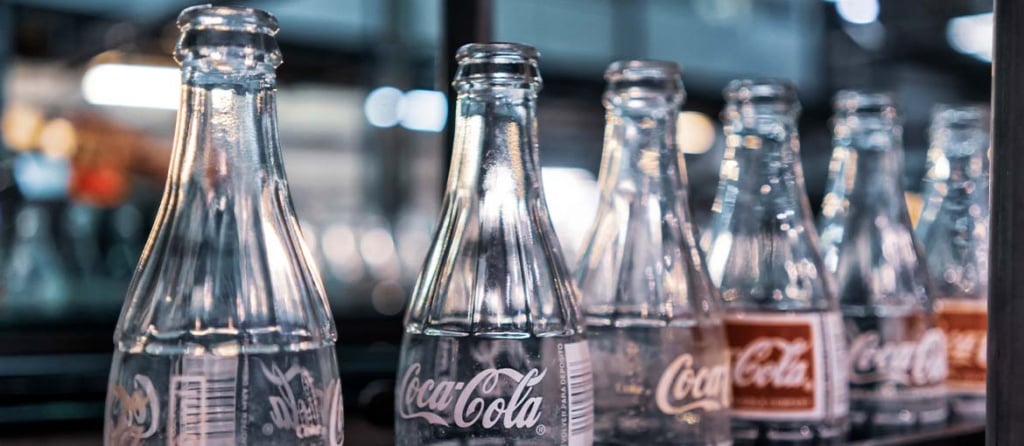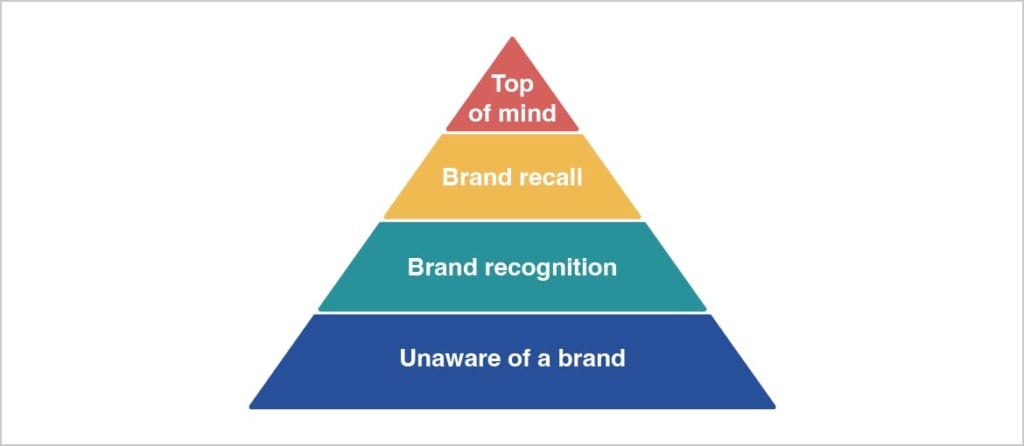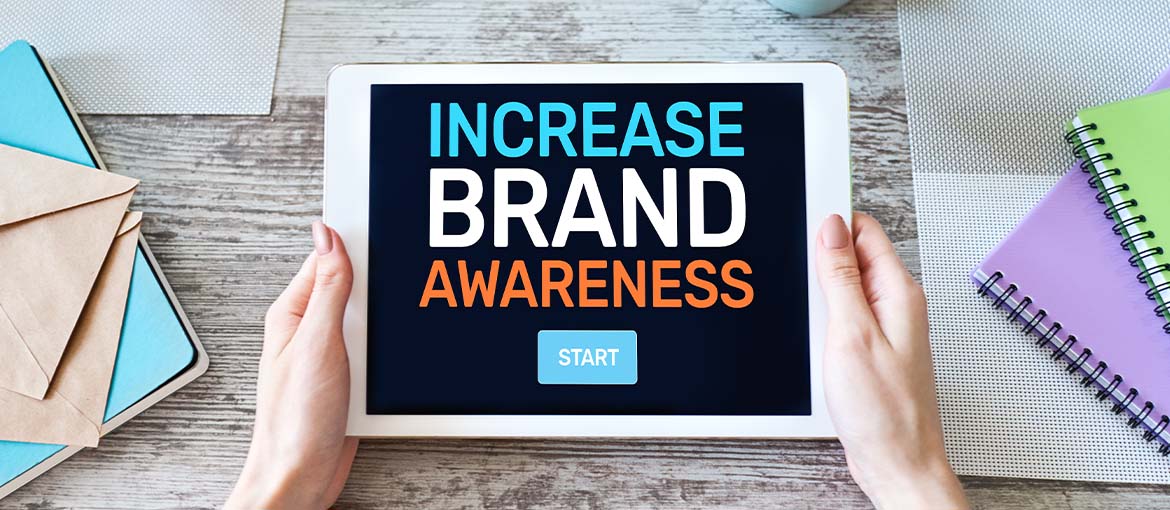Table of Contents
Brand awareness: what it is and how to increase it
If the term brand awareness doesn’t mean anything to you, it’s about time you got to grips with it, as it is fundamental for any business! In this article we will look in detail at what brand awareness means, explain how to measure it and give you a few hints and tips on how to increase awareness of your business, both online and offline.
Brand awareness: what it means and why it is important
Let’s start with a definition:
“Brand awareness identifies the amount the public knows about a particular brand. It is expressed by the percentage of consumers in the target group who recall the brand without any verbal or visual stimulus (spontaneous recall) or who recognise it after receiving a stimulus (aided recall).”
This is the definition given by the Glossario del Marketing (in Italian).
Brand awareness therefore reflects how well known a brand is, and specifically refers to the public’s ability to:
- recognise it among many other brands;
- bring it to mind when required;
- identify the category of goods it belongs to;
- memorise and recognise its image;
- know its positioning.
Brand awareness is important because it creates a sense of familiarity with the product or service, which, it goes without saying, has a positive influence on purchasing decisions.
Why work on brand awareness?
Because, if you succeed in achieving an excellent level of brand awareness, you will be one of the first brands – if not the first – consumers think of when they need a product/service in your category of goods or sector. This is the ultimate objective you are aiming for.
But let’s start from the beginning. The first step is to ensure that people recognise your brand among many others. Imagine, for example, that you are a wood coating manufacturer. A potential client of yours is browsing the aisles of a hardware shop, and sees a wide array of packs of varnish in front of them, including yours. If the person has seen one of your adverts on TV or read an article on your blog full of advice on how to take care of wooden furniture, when they see your brand, they will recognise it. Which product will they choose? It’s likely they will opt for the product they recognise and that has a good memory attached to it: yours.
The next step is to ensure that people don’t even need to read the name of your product to identify it: so all it takes to recognise it is a detail from the logo or packaging. Here’s example of a brand that has done this successfully:

What’s inside the box? I bet plenty of you replied instantly “some Tiffany jewellery”!
On the same note, do you remember the story we told you about the Coca-Cola bottle? Coca-cola gave the designer of its contour bottle the clear instruction that it should be recognisable even with your eyes closed or in pieces on the ground.

It is no coincidence that Coca-Cola is now top of mind in the Aaker pyramid. What does that mean? Let us explain…
How to measure brand awareness: the Aaker pyramid
The American economist David A. Aaker is known for many things, including creating the Aaker pyramid, a diagram that helps to identify consumers’ level of awareness about a brand.

The pyramid is divided into four levels, based on the extent to which the brand is lodged in customers’ memory. Let’s go through it from bottom to top:
- Unaware of a brand: people do not know the brand. If you are here, it means your potential clients do not know you exist.
- Brand recognition: people only recognise the brand when prompted. Knowledge of your brand is therefore superficial and limited.
- Brand recall: people recognise the brand spontaneously. Your brand is recalled when consumers think about your product sector.
- Top of mind: the brand is uppermost in consumers’ minds. When people think about your business sector, your brand is the first one that comes into their minds. It is only a short leap from here to wanting to make a purchase.
You can’t simply guess where you are on this pyramid – you have to collect data using tests and market research.
Brand awareness: tests and tools
There are various tests you can carry out to work out whereabouts on the pyramid your brand is. Here are two examples.
- Assessing the spontaneous recall of a brand: ask a group of potential clients which brand comes into their mind for a certain category of products. The first brand cited by the majority of people is top of mind in the pyramid.
- Assessing brand recognition: ask the group to identify a certain brand’s products, category of goods and the needs it is able to satisfy. Or show your focus groups the brand’s distinctive symbols (such as its colours, logo, name and slogan) to see how easily people recognise it.
Other tools you can use to work out your brand awareness include Google Analytics, which provides information on the traffic to your website, and Facebook Insights. By gathering together all this data, you will also be to work out which SEO strategies and other approaches to adopt to increase your brand awareness. Speaking of which, we’ll end this article with a few tips on how to do just that…
Suggestions for strengthening brand awareness
1.SEO is your friend
Let’s start with SEO, since brand awareness is closely linked to your online presence. A good SEO strategy will help to ensure you are ranked among the top results by search engines, thereby making your website more visible. The first thing to do when working on SEO is to analyse the keywords users choose when searching for products or services.
2.A blog is a useful tool
Use keywords to produce valuable content. A blog is an excellent way to direct traffic to your website: fill it with content relating to your sector, including advice and handy solutions, and people will remember your brand in their hour of need. You need to become a go-to place for information.
3.Be smart with social media
Consolidate your social media presence: create a content strategy that ensures you reach your audience through the right channels (you will need to know your target market extremely well first). Social networks help you to widen the pool of users that know about your brand, and sponsored posts or influencer marketing campaigns are a useful way to achieve this.
4.Consider offline advertising too
There are also the traditional offline forms of advertising to consider, such as TV or radio ads, adverts in magazines, billboards and product placement in films, TV series and programmes and music videos. But these tried-and-tested methods must always be combined with online strategies.
Remember: you need to be wherever your audience is, so your potential customers encounter you before they meet your competitors.


